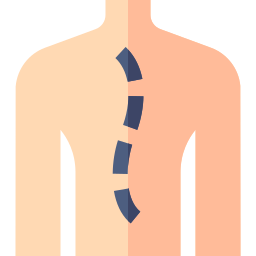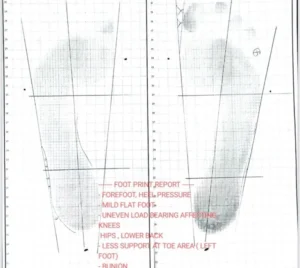Early Detection

Doctor’s Consultation
Doctor’s Consultation
All MLC customers are assessed by our experienced and trained wellness doctors, which includes history taking, physical assessment and checking of vital signs e.g. blood pressure, pulse rate, oxygen saturation, fasting or random blood sugar and body composition analysis. Our expert doctors would help to review of customers’ existing medical reports or results and medications before further tests or treatment carried out.

Lifestyle Questionnaire
Lifestyle Questionnaire
MLC Customers are required to fill up a detailed questionnaire focused on the following aspects :
• Water
• Food
• Oil – type of cooking oil
• Habits
• Exercise
• Sleep pattern
• Radiation

Conventional Tests
Conventional Tests
At MLC, we may order for the following conventional tests based on the history of presentation :
1 . Blood Investigations –including Full Blood Count, Fasting Sugar, HbA1C, Kidney Profile, Liver Function Test, Cancer Markers, Thyroid Function Test, Homocysteine, hsCRP, Vitamin D Level, hormonal tests (e.g. Testosterone, Estradiol)
2 . Imaging – Chest X-ray, Ultrasound Abdomen & Pelvis, CT scan, MRI etc.
3 . Cardiac Screening tests – ECG, ECHO, Calcium Scoring, Treadmill Stress Test, CT angiography

Cellular (Non-Conventional) Tests
Conventional Tests
1. Microcapillary Circulation Test
Microcapillaries are the smallest part of the blood circulation system, delivering nutrients and oxygen to the cells while removing waste. This test helps assess the flow, presence of toxins, and inflammation in the microcapillaries. When microcapillaries are blocked, cells become unhealthy, which can lead to degenerative diseases. Poor microcirculation also reduces the effectiveness of treatment.
2. Live Blood Analysis
Live Blood Analysis, also known as live cell analysis, is a technique used to observe a drop of blood under a microscope. It allows for the assessment of blood cell movement, interactions between cells, and their response to plasma. By magnifying the cells, both normal and abnormal conditions can be identified.
3. Quantum Resonance Magnetic Analyzer
The QRMA is a non-invasive device that evaluates the body’s cellular and metabolic functions. It operates on the principles of electromagnetic wave resonance, detecting weak magnetic fields generated by human cells. The machine interprets these signals to provide insights into various health parameters, including:
– Vitamin and mineral levels
– Organ function and health
– Hormonal balance
– Immune system status
– Metabolic processes
4. Cardiac Rhythm Evaluation Test
We use a special portable device for quick ECG measurement and assessment of the risk of atrial fibrillation-related stroke and sudden cardiac arrest. The measured data is sent immediately to a smartphone for review.
5. Cardiac Evaluation of Nitric Oxide Deficiency
This test allows us to assess cardiovascular status, endothelial function, levels of inflammation, and early signs of Nitric Oxide deficiency.

Spinal Alignment Assessment
Spinal Alignment Assessment

A spinal alignment assessment is a procedure used to evaluate the position and health of the spine. During a spinal alignment assessment, the practitioner typically examines the spine’s curvature and alignment, looking for any abnormalities such as improper curvature (like scoliosis), misalignments (also known as subluxations), or other spinal issues.
The assessment may include:
1. Visual Inspection – observing the posture and alignment of the patient’s spine from different angles to identify any visible irregularities.
2. Palpation – using hands to feel for any misalignments or abnormalities along the
spine.
3. Range of Motion Evaluation – checking the flexibility and movement of the spine
and surrounding muscles to identify areas of restriction or pain.
4. Imaging Tests – in some cases, X-rays, MRIs, or CT scans might be used to get a
detailed view of the spinal structure and alignment.
5. Posture Analysis – analyzing the patient’s overall posture to determine how it
might affect spinal alignment.

Foot Mapping
Foot Mapping

Foot Mapping is a process that involves analyzing the feet to understand their unique characteristics, such as arch type, pressure points, and alignment.
Technological devices or specialized software are often used to create a detailed map of the foot’s pressure distribution.
This mapping can help in understanding how weight is distributed across the feet, which can vary based on a person’s gait, posture, or foot structure.

